Butterfly gardening is a wonderful way to attract these charming insects to your outdoor space while also supporting their populations. One of the key elements of a successful butterfly garden is choosing the right plants. In this article, we’ll explore 13 of the best plants for butterfly gardening, covering a variety of species that will provide food and habitat for butterflies throughout the seasons.
1. Milkweed (Asclepias spp.)
No butterfly garden is complete without milkweed. It’s the primary host plant for monarch butterflies, providing essential food for their caterpillars. Milkweed also attracts a wide range of other butterfly species with its nectar-rich flowers.
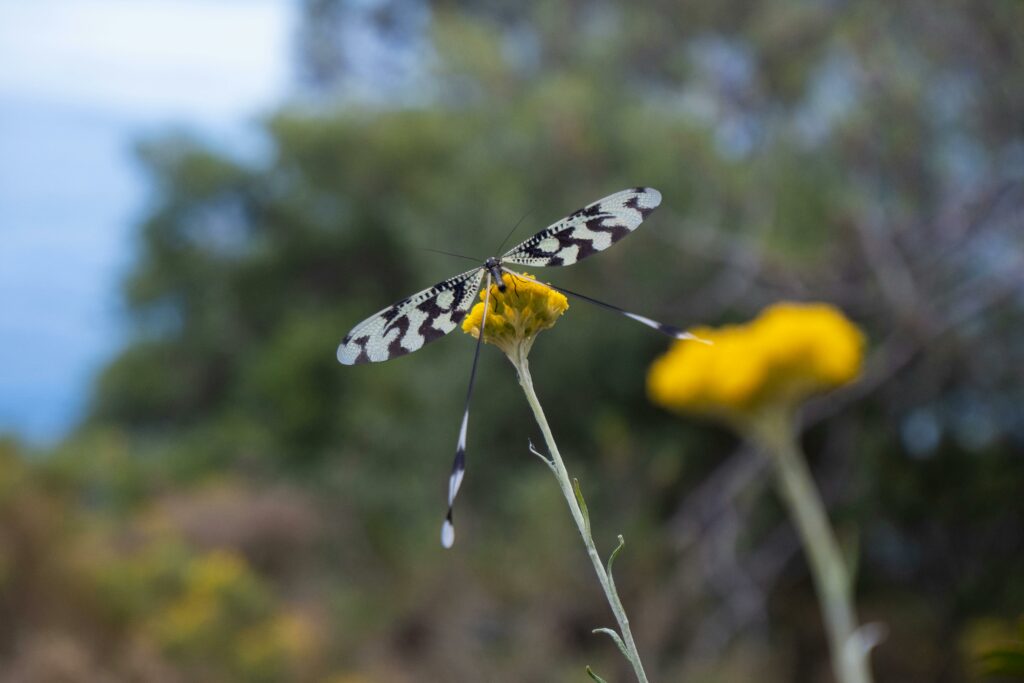
Common varieties include Common Milkweed (Asclepias syriaca) and Butterfly Weed (Asclepias tuberosa).
2. Lantana (Lantana camara)
Lantana is a versatile flowering plant that produces clusters of small, brightly colored flowers. It’s highly attractive to butterflies and other pollinators due to its abundant nectar.

Lantana comes in a variety of colors, including shades of red, orange, yellow, and pink, making it a vibrant addition to any butterfly garden.
3. Butterfly Bush (Buddleja davidii)
As its name suggests, the Butterfly Bush is a magnet for butterflies. This fast-growing shrub produces long spikes of fragrant flowers in shades of purple, pink, white, and red. It blooms throughout the summer, providing a continuous source of nectar for butterflies and other pollinators.
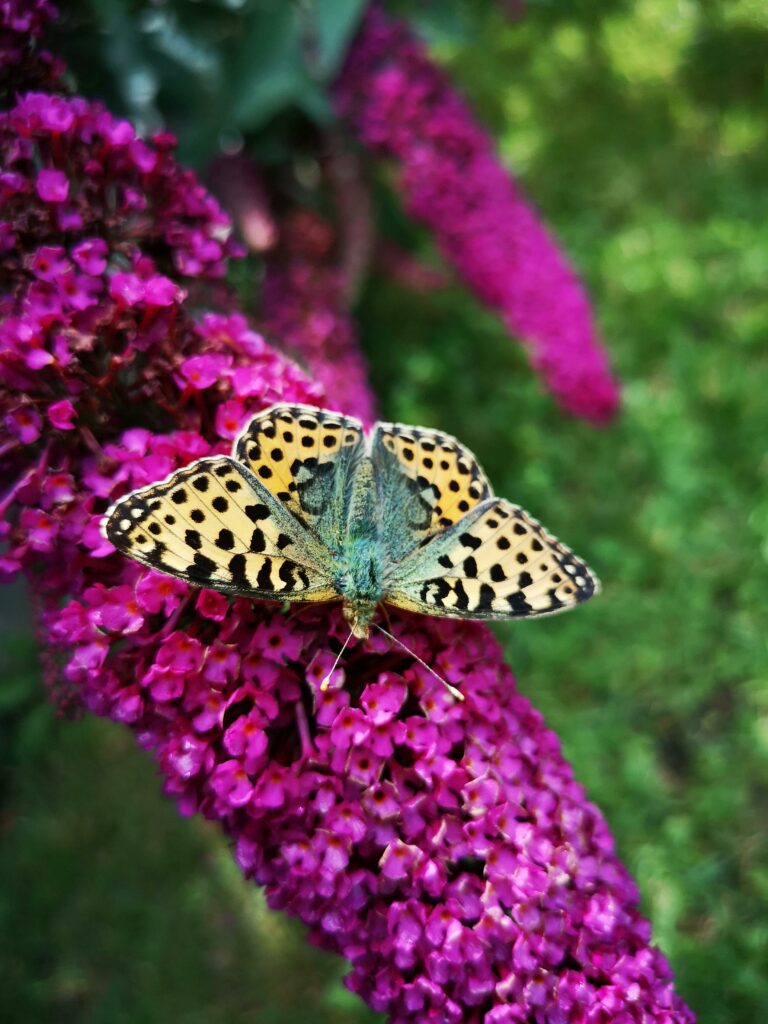
4. Coneflower (Echinacea spp.)
Coneflowers are beloved by butterflies for their daisy-like blooms and rich nectar. They come in various colors, including purple, pink, white, and orange, and bloom from midsummer to fall.
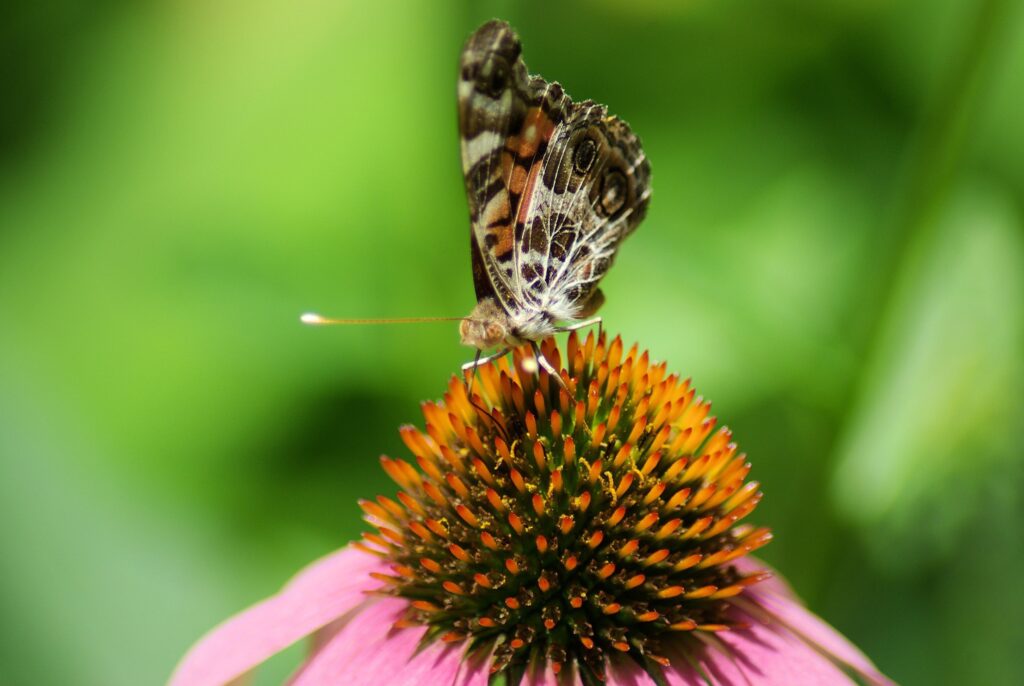
As these graceful insects flutter from one cone to another, they not only indulge in the nectar but also aid in pollination, enhancing the cycle of life in the garden
5. Verbena (Verbena bonariensis)
Verbena is a favorite among butterflies for its small, clustered flowers that are rich in nectar. This drought-tolerant perennial blooms from spring to fall and attracts a wide variety of butterfly species.
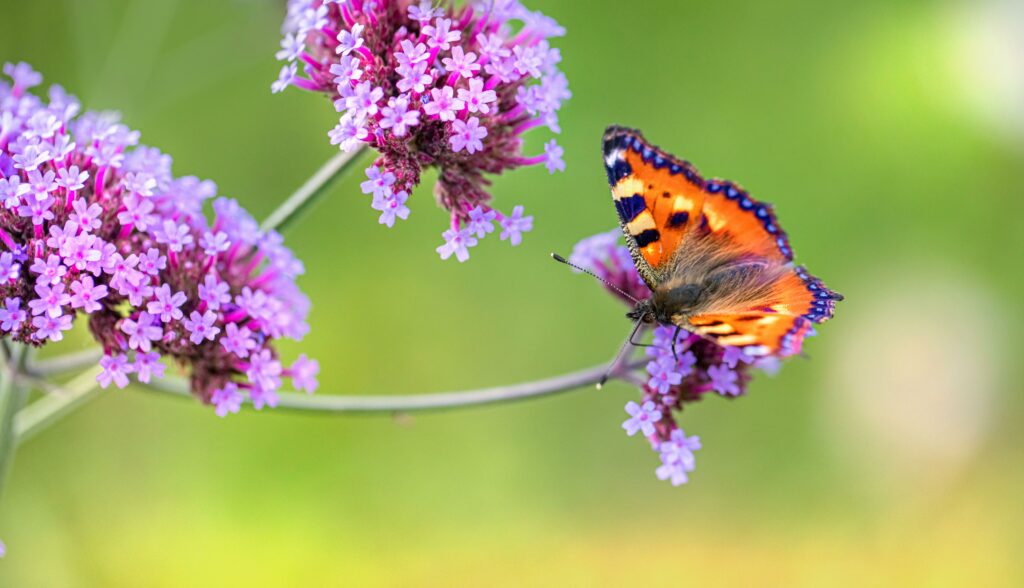
Verbena’s airy growth habit adds texture and movement to the garden, making it an excellent choice for borders and containers.
6. Black-Eyed Susan (Rudbeckia spp.)
Black-Eyed Susan is a cheerful perennial with golden-yellow flowers and a dark center. It’s a valuable nectar source for butterflies and other pollinators, blooming from midsummer to early fall. Black-Eyed Susan is drought-tolerant and easy to grow, making it a popular choice for butterfly gardens and wildflower meadows.
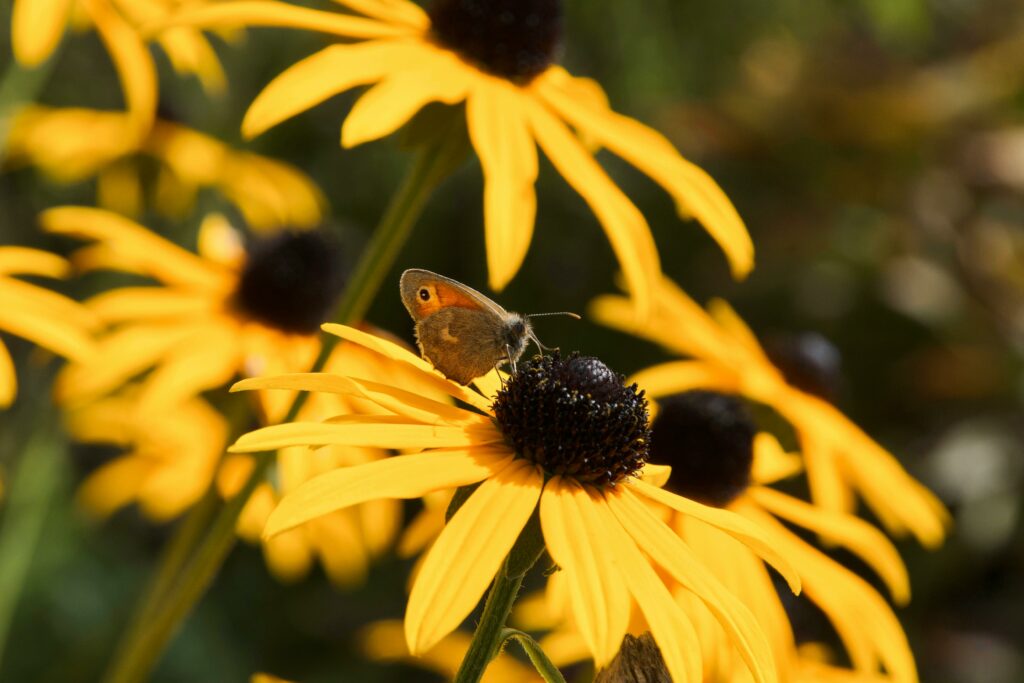
7. Aster (Aster spp.)
Asters are late-blooming perennials that provide essential nectar for butterflies in the fall. They come in a variety of colors, including shades of purple, blue, pink, and white, and attract butterflies with their daisy-like flowers. Asters are also valuable host plants for several butterfly species, making them a valuable addition to any butterfly garden.
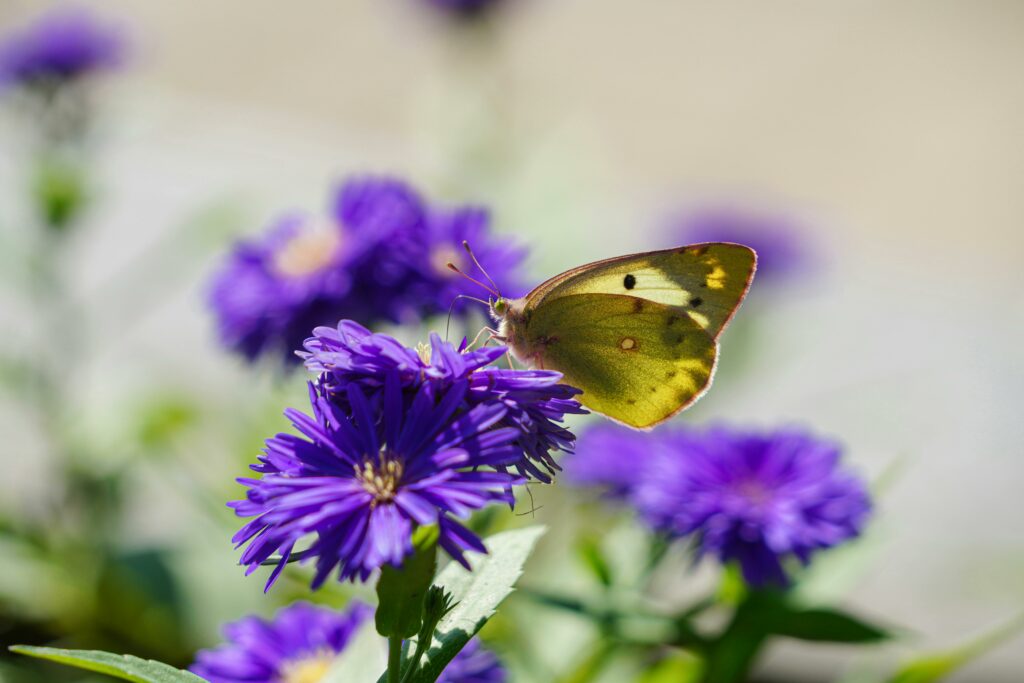
8. Pentas (Pentas lanceolata)
Pentas, also known as Egyptian Star Cluster, is a tropical perennial prized for its clusters of star-shaped flowers that come in shades of red, pink, white, and lavender. It blooms continuously throughout the summer and fall, attracting butterflies and hummingbirds with its abundant nectar. Pentas is heat-tolerant and thrives in sunny locations, making it an excellent choice for butterfly gardens in warm climates.
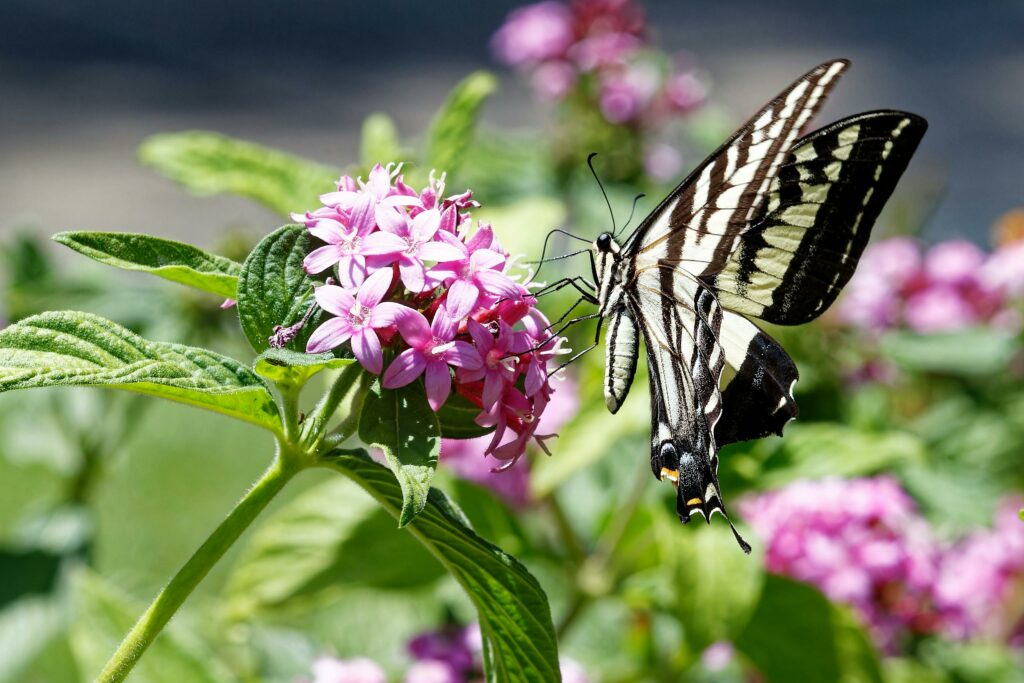
9. Joe-Pye Weed (Eutrochium spp.)
Joe-Pye Weed is a tall, native perennial with large, dome-shaped flower clusters that attract butterflies and other pollinators. It blooms in late summer to early fall and prefers moist, sunny locations. Joe-Pye Weed is an excellent choice for naturalizing areas of the garden and providing food and habitat for butterflies and other wildlife.
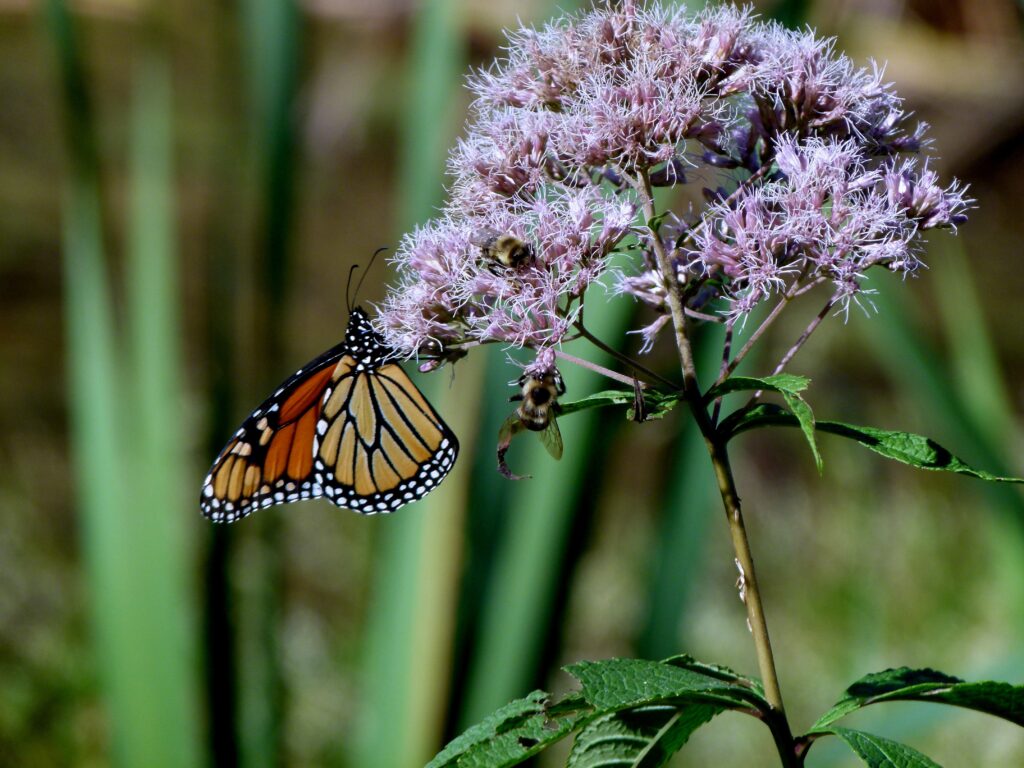
10. Marigold (Tagetes spp.)
Marigolds are popular annuals known for their bright, cheerful flowers and strong fragrance. They attract butterflies with their nectar-rich blooms and are also believed to repel certain garden pests. Marigolds come in various sizes and colors, including shades of yellow, orange, and red, making them a versatile addition to butterfly gardens and flower beds.
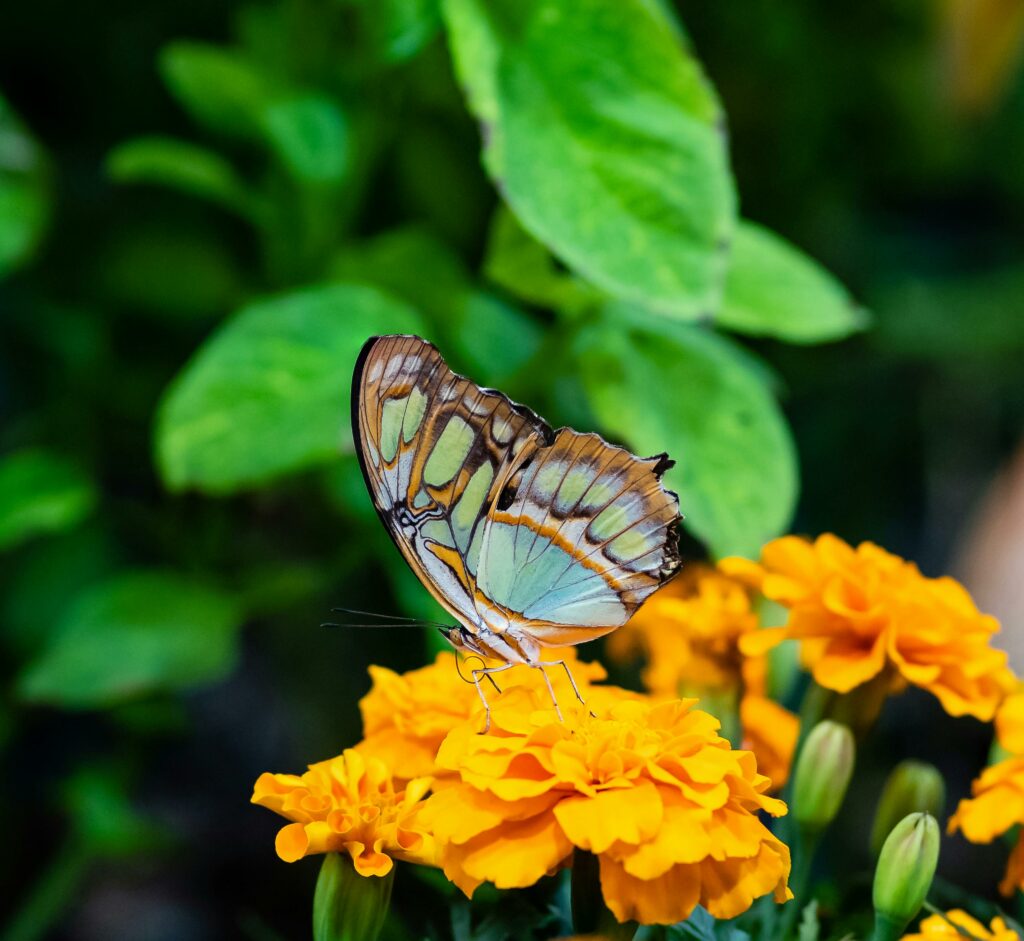
11. Zinnia (Zinnia spp.)
Zinnias are easy-to-grow annuals that produce colorful, daisy-like flowers in a wide range of hues, including red, orange, yellow, pink, and purple. They bloom from summer to fall and are highly attractive to butterflies and other pollinators. Zinnias are perfect for adding a pop of color to butterfly gardens, borders, and containers.
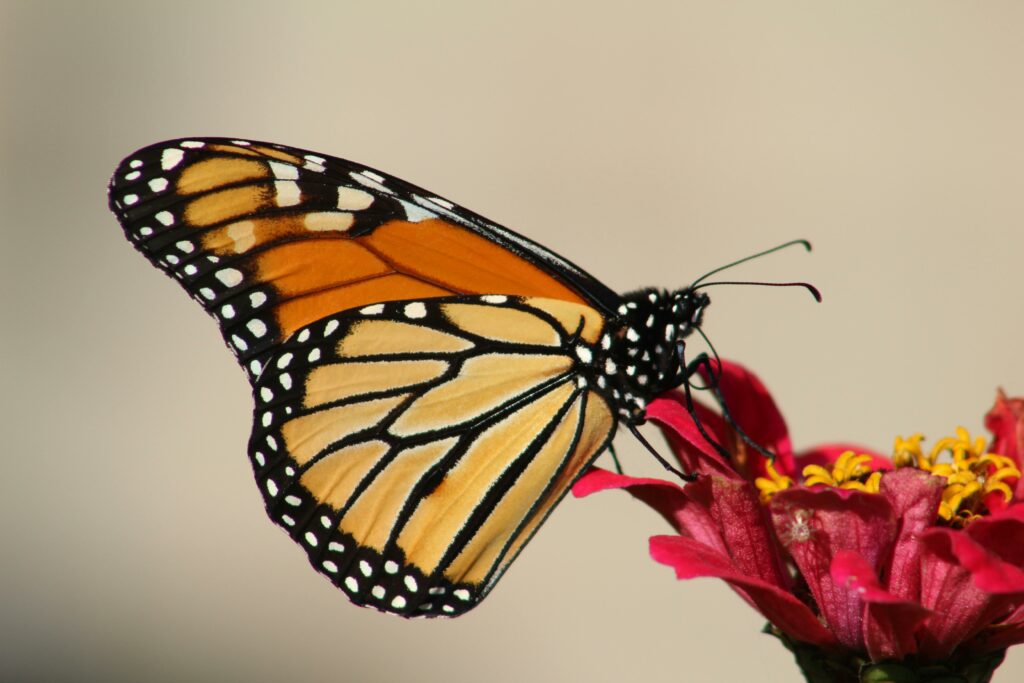
12. Phlox (Phlox spp.)
Phlox is a fragrant perennial that produces clusters of flowers in shades of pink, purple, white, and blue. It blooms from summer to fall and attracts butterflies with its abundant nectar. Phlox is also a valuable host plant for several butterfly species, making it a versatile addition to butterfly gardens and cottage-style landscapes.
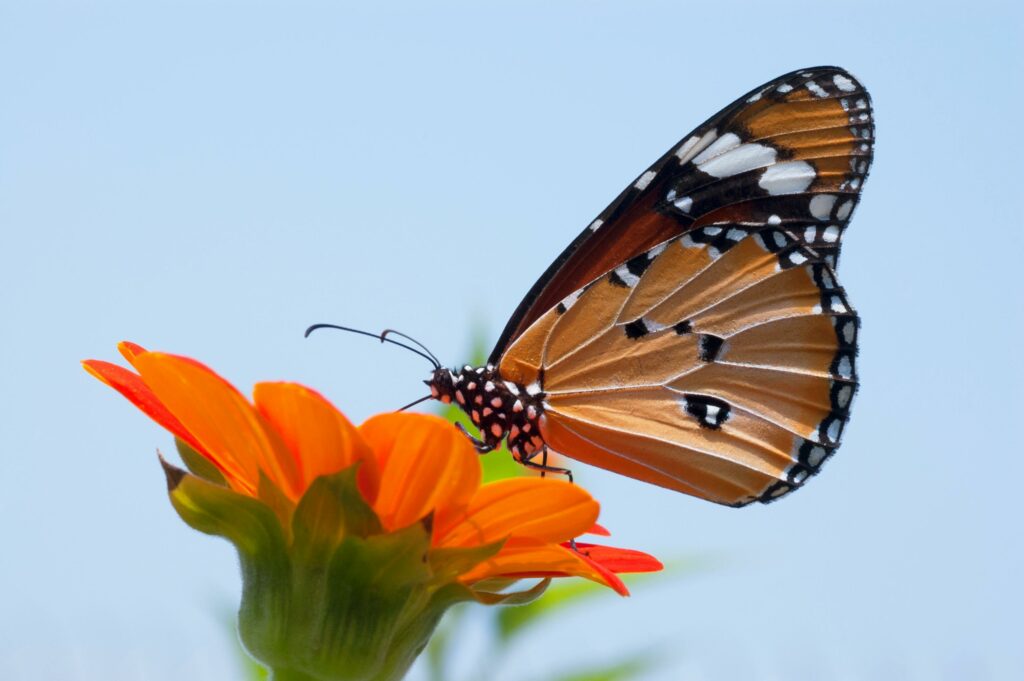
13. Salvia (Salvia spp.)
Salvias are drought-tolerant perennials with spikes of tubular flowers that are highly attractive to butterflies and hummingbirds. They come in a variety of colors, including blue, purple, red, and white, and bloom from spring to fall. Salvias are easy to grow and thrive in sunny locations, making them an excellent choice for butterfly gardens and xeriscapes.
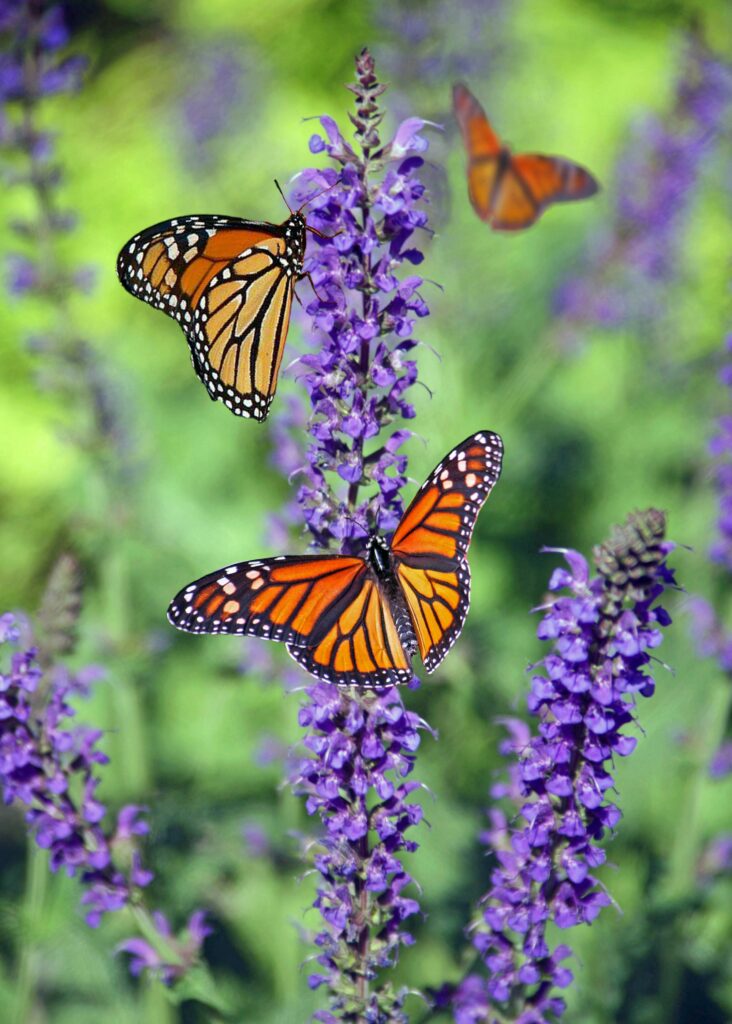
By including these 13 plants in your butterfly garden, you’ll create a haven for butterflies while adding beauty and color to your outdoor space. Whether you have a small garden or a sprawling landscape, there’s a perfect plant for every space and climate. Start planning your butterfly garden today and watch as these delightful insects flutter among the flowers, bringing joy and wonder to your garden.
